Good backpacking sleeping pads will help you sleep comfortably, insulate you from the cold ground, and last through multiple trips. But the “best” sleeping pads can cost well over $200. If you aren’t willing to shell out this much money, don’t worry. There are some good but cheap backpacking sleeping pads available.
All of these backpacking sleeping pads are under 18oz and, at time of writing, cost less than $110. I’ve tested some of them myself. The others were recommended by backpacker friends and in forums.
Tip: Check out REI Outlet for huge discounts on last season’s products. You can sometimes find really good UL sleeping pads at very low prices.
Quick Picks:
Here are my top UL budget sleeping pads by type and comfort:
- Air Pad: Sea to Summit UL Air Mat (Amazon, REI)
- CCF Pad: Nemo Switchback (Amazon, REI)
- Self Inflating Pad: Therm-a-Rest Prolite (Amazon)
- Most Comfortable: Klymit Static V2 (Amazon, Garage Grown Gear)
Comparison Table
| Sleeping Pad | Type | Weight (oz) | Size | Thickness | R-Value |
|---|---|---|---|---|---|
| Sea to Summit Ultraight Air Mat | Air | 13.9 | 72x21.5" | 2" | 1.1 |
| Klymit Static V2 | Air | 16.6 | 72x23" | 2.5" | `1.3 |
| Sleepingo Ultralight | Air | 14.5 | 75x23" | 2" | 2.1 |
| Outdoorsman Lab | Air | 14.5 | 73x21.6" | 2.2" | 2.2 |
| Ryno Tuff | Air | 14 | 75x24" | 1.5" | 2.2 |
| Nemo Switchback | CCF | 14.5 | 72 x 20" | 0.9" | 2 |
| Therm-a-Rest Z-Lite Original | CCF | 14 | 72x20" | 0.75" | 1.7 |
| Therm-a-Rest Z-Lite SOL UL | CCF | 14 | 72x20" | 0.75" | 2 |
| Therm-a-Rest Ridgerest SOLite | CCF | 14 | 70x20" | 0.62" | 2.8 |
| Big Agnes TwisterCane BioFoam | CCF | 14 | 72x20" | 0.5" | 1.7 |
| Foam Sleeping Pad | Foam | 8 | 71x20" | 0.25" | 1.6* |
| Therm-a-Rest Prolite | Self-Inflating | 18 | 72x20" | 1" | 2.4 |
When On a Budget, Go with Foam Sleeping Pads
Foam backpacking pads are pretty simple to make. You’ll easily find a good foam pad with a high R-value for very cheap. And don’t forget that foam pads last a lot longer. You can abuse the hell out of them and never worry about seams bursting, leaking or punctures.
The obvious downside is that cheap foam sleeping pads aren’t very comfortable. This is generally fine for weekend backpacking trip, but you’ll want the comfort of an air pad if on a long thru-hike or if you have a bad back.
“I’m Too Poor to Buy Cheap Things”
If you do decide to go the air pad route, consider increasing your budget. Cheap air pads pop or leak fairly quickly. It ends up being cheaper to just invest in one good backpacking pad that will last you years instead of having to buy a new pad after a few trips.
At the very least, make sure you also get yourself a patch kit, learn how to use it and bring it with you hiking. You don’t want to end up sleeping on the cold ground because your pad burst during the middle of your trip.
Best Cheap Ultralight Sleeping Pads
I’ve listed these sleeping pads starting with air pads and then foam pads. There’s also a self-inflating backpacking pad which met the weight and price requirements.
1. Sea to Summit Ultralight Air Mat
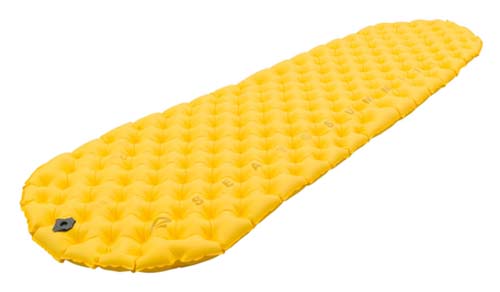
Specs:
- 13.9oz
- R-value of 1.1
- 2 inches thick
- Stuff sack doubles as pump
- Repair kit included
- Short and large versions available
- Buy at Amazon, REI
The S2S Ultralight Air Mat gets my pick for the best cheap air pad. While it does cost the most out of the pads reviewed here, it’s worth it because of the better quality. It is really designed to last through many trips and won’t leak on you. The material is pretty durable too. It doesn’t lose air overnight like most other air pads do.
At 2 inches thick, it is one of the most comfortable budget pads you’ll find. S2S uses air cells instead of long chambers, so it is decent for side sleepers.
Other cool things: The stuff sack doubles as a pump. It only takes about 3 pumps with the sack to fill it up. A repair kit is included. And it treated inside to prevent mold growth.
The downsides are that the S2S UL Air Mat does make a bit of noise. It’s not nearly as bad as pads like the NeoAir though. It’s also not very warm. They do make an insulated version of the pad with an R-value of 3.1, but it is pricier but only weighs 1.1lb.
2. Klymit Static V2 UL
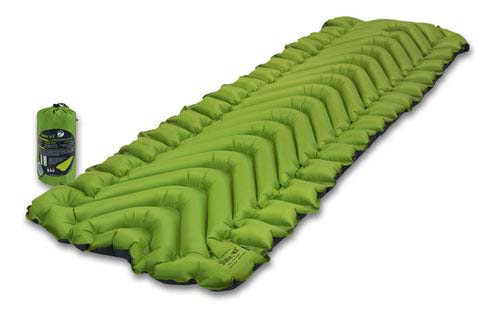
Specs:
- 16.6 oz
- R-value of 1.3
- 2.5 inches thick
- Repair kit included
- Side rails
- Buy at Amazon, Garage Grown Gear
The Klymit Static V2 UL is a very affordable air pad and weighs just over 1lb. It is also one of the most comfortable cheap sleeping pads you’ll find for backpacking. The air chambers are designed to keep the air in place. It’s even good for side sleeping. If you need a warmer pad, Klymit also makes many other versions of the Static V, including insulated and extra-wide, but some are heavier or pricier.
A lot of backpackers have tried out Klymit products. Their experiences differ drastically. Some say their pads held up for years. Other people complain about pads leaking on day one. Even more people say that the pads eventually start to leak because the seams don’t seem to be heat sealed well.
The good news is that Klymit is really good about returns and has a lifetime warranty. Just make sure you test your Static V before taking it on a long hike. And bring a patch kit!
Buy It Here on Amazon, Garage Grown Gear
3. Sleepingo Ultralight Air Pad
Specs:
- 14.5 oz
- R-value of 2.1
- 2 inches thick
- Repair kit included
- Buy at Amazon
The UL sleeping pad by Sleepingo is one of the most popular and best-selling on Amazon. It is incredibly cheap. Considering the price, the specs look really good: just 14.5oz, a 2.1 R-value (which seems to be accurate) and a weight limit of over 300lbs. It only takes about 10-15 breaths to inflate.
But, as with all gear which seems too good to be true, the Sleepingo is definitely cheaply made. It will eventually pop on you, so you absolutely must make sure you have the repair kit on trips. The shape of the air chambers can make it somewhat difficult to patch.
Another issue with the cheap sleeping pad is that the valve is in a weird place at the end of the pad. If you need to re-inflate the pad at night (which a lot of hikers say was necessary), you have to get of the pad and flip it over.
Because of these issues, I’d only recommend the Sleepingo for petite hikers (definitely not 200+ lb hikers!) who don’t hike frequently.
Sleepingo vs. Outdoorsman UL Pads
There is also another cheap UL sleeping pad on Amazon by Outdoorsman. At first glance, it is almost identical to the Sleepingo pad. Most hikers prefer the Sleepingo though because it is easy to roll up and pack away. The valve on the Outdoorsman pad is off-center, which can make it a bit more difficult to deflate. Ultimately, they are both cheap pads which work good enough but aren’t very reliable for frequent backpackers.
4. Ryno Tuff Sleeping Pad
Specs:
- 14 oz
- R-value of 2.2
- 1.5 inches thick
- 75×24”
- Includes pillow
- Buy at Amazon
At 75×24 inches when inflated, the Ryno Tuff sleeping pad is larger than the other cheap backpacking pads reviewed here. It is surprisingly lightweight for its size. The pad by itself weighs 14oz. With the included pillow, it is approximately 17oz, but is really slippery and uncomfortable.
As you’d expect from a cheap pad, the Ryno Tuff specs are exaggerated. It doesn’t seem to really have a 2.2 R-value. And it is more like 1.5 inches thick than the advertised 2 inches. It’s actually pretty bulky when rolled up (11×4 compared to 8×3.5 with Sleepingo). You can also expect the Ryno Tuff pad to slowly deflate on you at night and eventually experience some pops. Despite these issues, the Ryno Tuff is still a pretty good summer backpacking pad if you are on a limited budget.
5. Nemo Switchback CCF Sleeping Pad
Specs:
- 14.5 oz
- R-value of 2
- 0.9 inches thick
- 72×20” open
- Packs down to 20x5x5.5”
- Closed accordion style
- Short model available
- Buy at Amazon, REI
The Nemo Switchback regularly gets listed as one of the best backpacking pads. As a CCF pad, it obviously isn’t as comfortable as an air pad – especially for heavy people or side sleepers. But, as far as CCF pads go, the Switchback is one of the most comfortable. The foam padding is fairly thick and rebounds well after compressing. Just bear in mind that all CCF pads will eventually get compressed and won’t be as comfortable or warm anymore.
Switchback vs. Therm-a-Rest Z Lite
Backpackers regularly say that the Switchback is more comfortable than the Z Lite. The nodes on the Switchback don’t compress as much as with the Z Lite. The Switchback also seems slightly more durable than the Z Lite and doesn’t get compressed as quickly. Another big plus is that the Switchback packs down smaller than the Z Lite.
Therm-a-Rest also makes a SOL version of the Z Lite pad. One side of the Z Lite SOL has a reflective coating. This is supposed to make it warmer: you put the shiny side up to reflect heat back towards your body. The bad news is that the shiny coating will eventually crack and flake off (possibly causing some pollution in the process!). Considering that the SOL version of the Z Lite is 2x more expensive, it’s really not worth paying for if you are on a strict budget.
Check out the Z Lite Original Here and Z Lite SOL Here
6. Big Agnes TwisterCane BioFoam
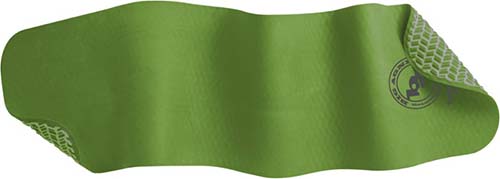
Specs:
- 14 oz
- R-value of 1.7
- 0.5 inch thick
- Sustainable materials
- Tire tread on one side
- Buy at Amazon
The Big Agnes TwistedCane BioFoam is a cheap, lightweight pad. It’s main selling point is that it is made from eco-friendly materials. It is also very durable compared to other foam pads, which tend to get compressed over time or tear.
When it comes to comfort and warmth though, the TwistedCane leaves a lot to be desired. The tire tread pattern on one side does create some air pockets for additional insulation and comfort. However, it isn’t as good as pads with ridges or bumps on both sides. I would definitely not recommend this pad for side sleepers. It’s only really suitable for lightweight backpackers who sleep on their backs and who will sleep on smooth ground.
Get It Here at Amazon
7. Foam Sleeping Pads
Specs:
- 8 oz
- R-value of 1.2-1.8
- 1 inch thick
- Buy at Amazon
If you are really on a budget and still want to be ultralight, you can always get a cheap foam sleeping pad. So long as you take the time to find a good campsite and clear the ground of rocks/sticks, they can actually be quite comfortable. I used one of these for years without complaints – though I was in my 20s and more immune to discomforts then. 🙂
Foam sleeping pads vary in R-value, but most are around 1.2. This one has a reflective coating on one side so is slightly warmer. You can always double up pads to get more warmth on colder weather trips. That’s a bit too bulky for backpacking trips but is a good option for car camping.
8. Therm-a-Rest Prolite Self-Inflating Pad
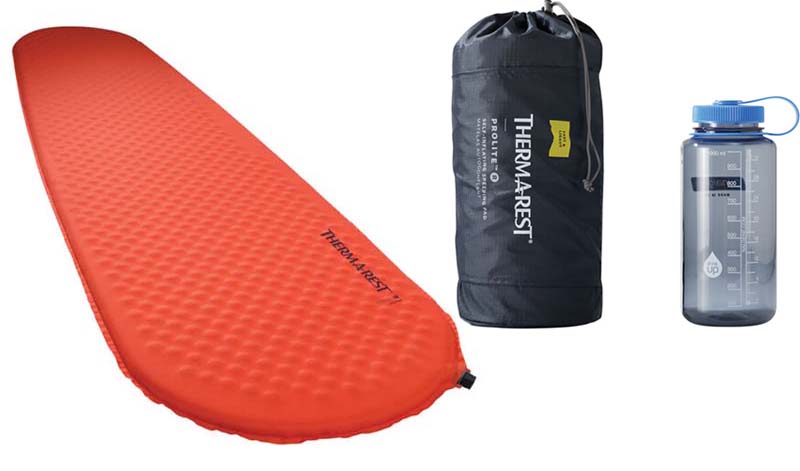
Specs:
- 18 oz
- R-value of 2.4
- 1 inch thick
- Women’s and other versions available
- Self inflating
- Buy at Amazon
The Prolite is the lightest self-inflating pad that you can find (at the moment of writing, at least). At 18oz, it is still heavier than an air or foam pad. However, for many hikers, it is well worth carrying those few extra ounces. For starters, the Prolite is quieter than an air pad, much more durable and warmer. You still have to be careful about punctures but the Prolite can last years without experiencing leak issues. It also does well at not losing air over the night.
As far as comfort goes, the Prolite is good even for side sleepers. You will need to use your mouth to manually fill it up to get a good firmness, but it only takes a few breaths. The Prolite isn’t the cheapest lightweight pad you’ll find but, if you want a good balance or comfort, warmth and durability, it’s definitely a good value.
Do you have a cheap backpacking pad? Which one and how has it held up? Let us know in the comments section below.
Sources
https://www.reddit.com/r/Ultralight/comments/cj56gx/recommendations_for_a_good_cheap_backpacking/
https://www.reddit.com/r/Ultralight/comments/b7ryld/cheap_sleeping_pad_options/
https://www.reddit.com/r/Ultralight/comments/bx7ds0/ultralight_insulated_sleeping_pad_budget_vs_top/
Image credit: “Osprey Daylite pack” (CC BY-SA 2.0) by simonov


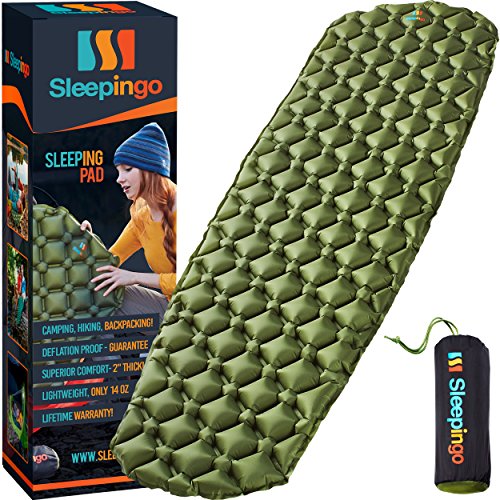
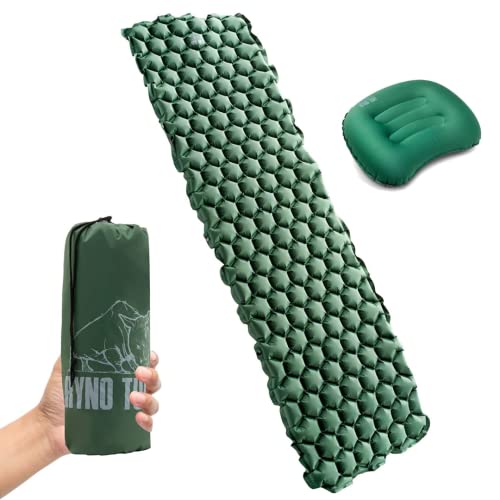

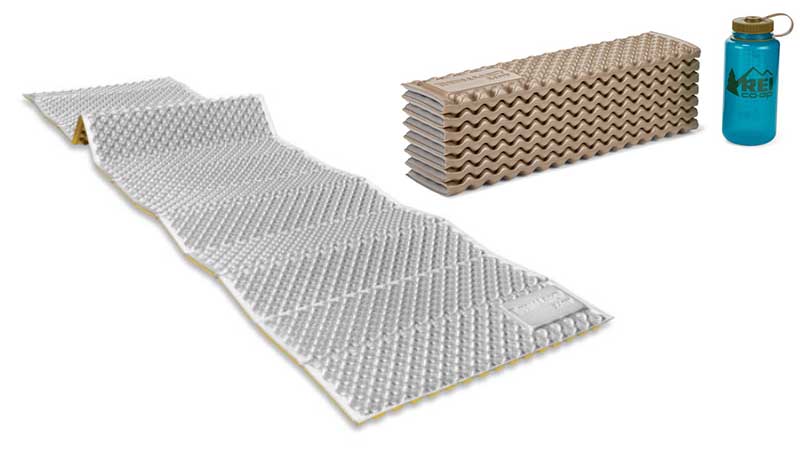
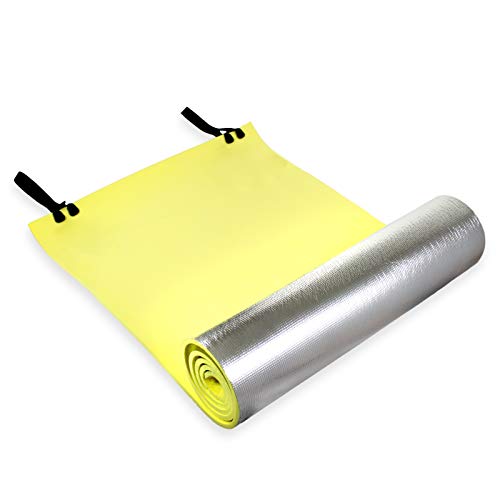
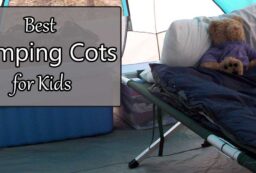
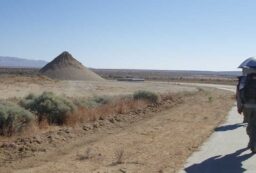
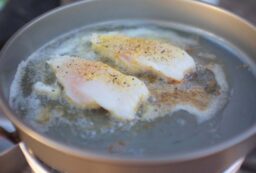







Post your comments